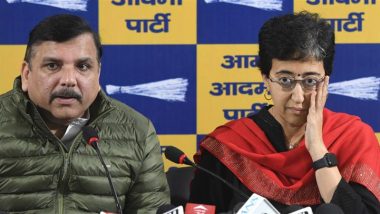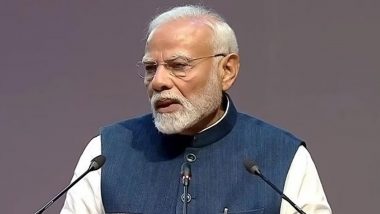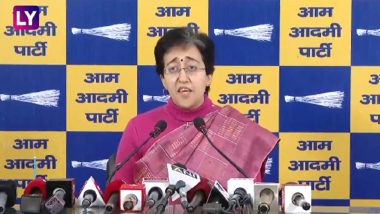New Delhi, August 9: The Delhi BJP plans to implement the new education policy provisions concerning primary education in schools run by municipal corporations that are ruled by the party, its president Adesh Gupta said on Sunday.
The Modi government at the Centre has announced a new National Education Policy (NEP), 34 years after the previous one came out in 1986. The NEP says students up to Class 5 should be taught in their mother tongue. Also Read | Gautam Buddha Was Born in Lumbini, Says Nepal: Live Breaking News Headlines & Coronavirus Updates on August 9, 2020.
Gupta said a consultation process has been started to adopt a new curriculum based on the NEP in the schools run by the municipal corporations in the city. "The new education policy will be implemented in all the municipal schools in the current academic session," the BJP's Delhi unit president said. Also Read | Karnataka Health Minister B Sriramulu Tests COVID-19 Positive, Days After CM BS Yediyurappa.
Last week, Gupta held a discussion with the top leadership of the three BJP-ruled municipal corporations here and directed them to start working on implementing the new policy in the primary schools run by them.
Consultations with experts and leaders of municipal corporations have started in this regard, he said, adding that the NEP emphasises on overall development as well as learning and skill development.
The three municipal corporations in Delhi run over 1,600 primary schools that enrol more than seven lakh children in classes 1-5. The services of academicians will also be taken for providing suggestions and designing the curriculum as per the NEP, Gupta said.
BJP national vice-president and Delhi unit in-charge Shyam Jaju said an awareness campaign and a consultation process for the new education policy is going on.
The party is already working on the NEP, and several webinars and other consultations involving academicians and experts in the field of education have taken place, Jaju said. The NEP envisages replacing the existing 10+2 system with a 5+3+3+4 structure based on the age group of students.
(This is an unedited and auto-generated story from Syndicated News feed, LatestLY Staff may not have modified or edited the content body)













 Quickly
Quickly





















